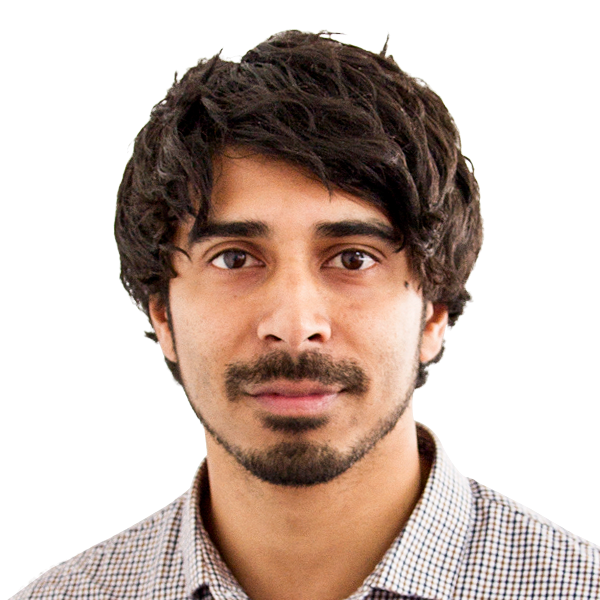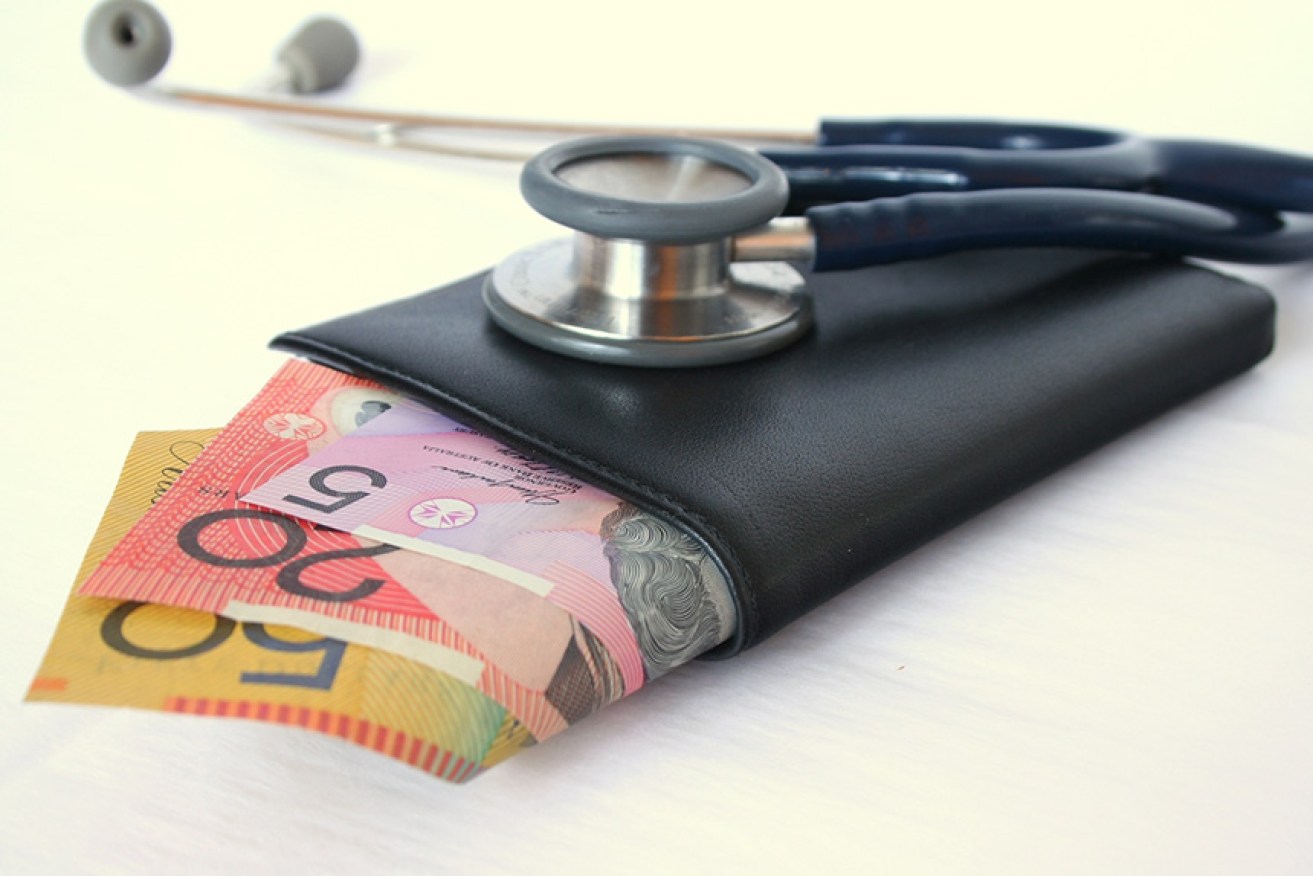Health insurance price hike the lowest in years, government says


Insurance premiums are going up, but some medications will actually be more affordable. Getty
Health Minister Greg Hunt has defended the government’s private health insurance policies as premiums rose again over weekend, saying the increase was still the smallest annual price hike in nearly two decades.
Premiums were set to rise by an average of 3.95 per cent on April 1, an increase that will cost the 13 million Australians with private health cover a total of nearly $1 billion, according to modelling by Labor.
Defending the increase, the government argued it was the lowest price hike in 17 years.
“It’s far lower than every year under the Rudd and Gillard governments,” Mr Hunt said.
Labor’s shadow health minister Catherine King said that Sunday’s price hike meant families would pay about $200 more for their private health insurance on average, a $1000 increase since the Coalition came to government.
“Today’s private health insurance increase sees Australians paying $1 billion more for the same private health insurance product,” Ms King said.
“That’s $1 billion coming out of the pockets of Australians and going into the pockets of private health insurers.
“We will cap private health insurance increases at 2 per cent for the first two years we are in office, and we will task the productivity commission with a root and branch review of private health insurance, the first in 20 years.”
The government, which opposes the cap, has argued that the best way to keep premium increases down is to reduce health costs.
Last week, it introduced new private health insurance reforms into Parliament that encourage providers to offer discounts to young Australians and reduce the costs of prostheses.
Social Services Minister Dan Tehan said the Labor policy would mean increased premium increases in later years.
“You’ll have a 2 per cent increase but then in years two, three and four, you will see 8, 10, 12 per cent increases,” he said.
“We don’t think that helps families plan their budgets. We want to keep the private health insurance premiums down low, but in a sustainable way.”
The 3.95 per cent figure represents an average across the industry, meaning individual premium changes will vary.
Increases have averaged about 5.35 per cent since the year 2000, when the price hike was 1.8 per cent.
It ballooned to 8 per cent in 2005, and hit 6 per cent in 2009, 2014 and 2015, from which point the rate of price growth has slowed.
Despite this trajectory, public data points to increasing public scepticism about the private health insurance industry, with price hikes coinciding with tepid wage growth for most workers.
Opposition Leader Bill Shorten has attempted to seize on this frustration, attacking insurance companies for “aggressively” increasing premiums in a scene-setting speech to the National Press Club early in the year.
Last month, The New Daily reported the findings of a new survey by the comparison website iSelect that found half of all Australians with private health insurance believed it was no longer worth the expense.
Meanwhile, the Private Health Insurance Ombudsman revealed complaints about the industry had increased by 30 per cent in the last financial year, the worst rise in a decade.
Also on Sunday, there was bipartisan support for a number of new medicines added to the Pharmaceutical Benefits Scheme.
“Australians with conditions including high blood pressure, depression, digestive disorders and certain types of cancer will now pay less for their medicines, every time they visit the pharmacy,” Mr Hunt said.
Mr Tehan said there would be 300 medicines now, up to 40 per cent cheaper.
“Australians with conditions including high blood pressure, depression, digestive disorders and certain types of cancer will now pay less for their medicines, every time they visit the pharmacy,” Mr Hunt said.
Mr Tehan said there would be 300 medicines now, up to 40 per cent cheaper.
Among the savings:
- 620,000 patients taking esomeprazole for digestive disorders will be $50 each year better off
- Nearly 80,000 patients taking olmesartan for high blood pressure will be $54 each year better off
- Some of the cancer drugs – which are used to treat lymphoma, lung cancer and non-melanoma skin cancer – will drop in cost from over $60,000 to $6.40 for concession card holders and $39.50 for others.
-with AAP








